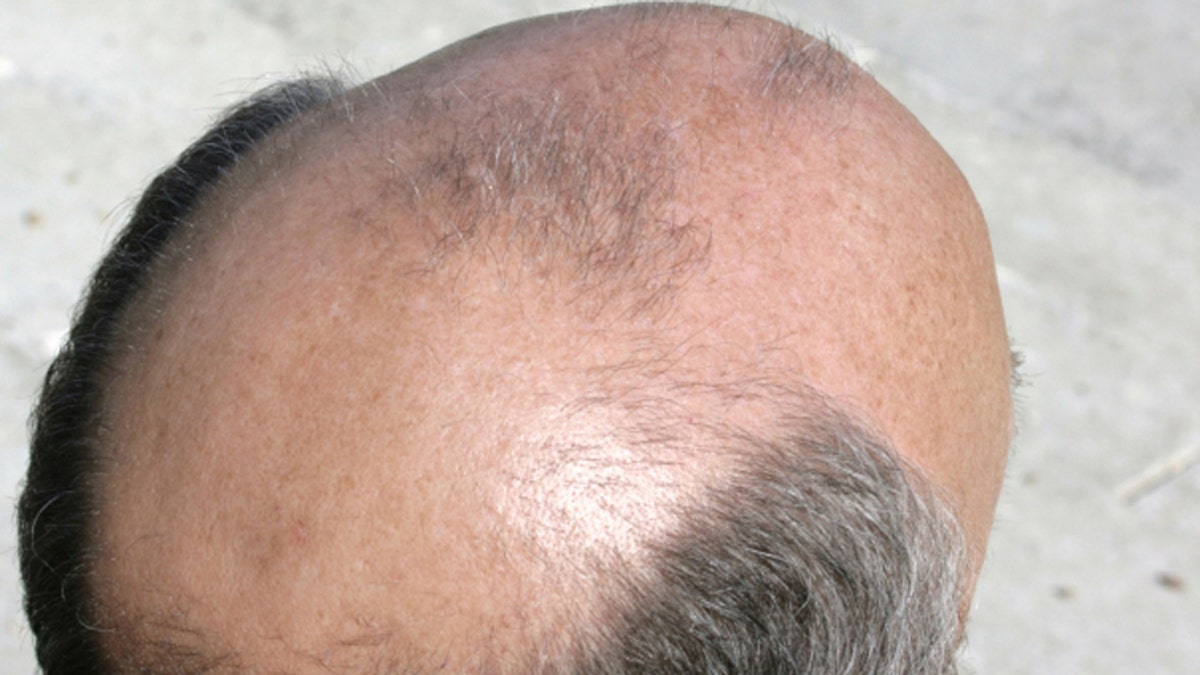
(iStock)
Male pattern baldness (androgenetic alopecia) is responsible for more than 95 percent of male hair-loss. According to the American Hair Loss Association (AHLA), by 35 years of age, approximately two-thirds of American men will experience some form of appreciable hair loss. Here is how to cope with and potentially stop male pattern hair loss.
What's normal when losing your hair
There are many variations to male pattern hair loss, but what follows is the most common progression. When you start losing your hair, the hairline around your temples will recede. Next, the hairline in the middle will recede. A bald patch will appear at the top of your head. The hairline will continue to recede as the bald spot at the top of your head grows, until these bald spaces connect, and you no longer have hair atop your head.
The Norwood scale
The Norwood scale charts male pattern baldness. By consulting the Norwood scale, you can determine how far along your hair loss has progressed. Hair loss physicians examine scalps with densitometers to assess the degree of hair loss. You should consult one of these medical professionals for a proper diagnosis rather than an advertised clinic that might be pushing a product that has not been endorsed by the medical community.
When should you be concerned
The AHLA says successful treatment of hair loss depends greatly on early intervention. You should begin with a clinically effective method (approved by the FDA or the AHLA) as soon as you notice the early stages of premature hair loss.
Finasteride (sold as Propecia)
Propecia is a brand name for the drug finasteride -- which caused the beneficial side effect of hair growth. It hinders the enzyme (Type II 5-alpha-reductase) that transforms testosterone into androgen dihydrotestosterone (DHT), which is responsible for thinning hair follicles. In 1997, the FDA approved a one milligram dose of finasteride to treat male pattern baldness. Propecia has been the first drug ever to effectively treat male pattern baldness for the majority of its users, according to the AHLA.
Minoxidil
This is the first drug the FDA approved to fight male pattern baldness. Similarly to finasteride, minoxidil was first developed to treat another condition: high blood pressure. One side effect was hair loss. People started applying the drug topically to their bald spots to positive results. However, minoxidil does not affect the hormonal process, so it typically only achieves temporary results. It is marketed under various brand names, including Rogaine and Loniten. The AHLA recommends minoxidil for those who did not benefit from finasteride treatment or those who want to attack the condition from two angles.
Educate yourself
Losing hair is common. Coping with baldness can be difficult, and it is tragic that people would take advantage of others while in this vulnerable state. Consult with an experienced medical professional rather than a salesman to figure out what is best for you.
